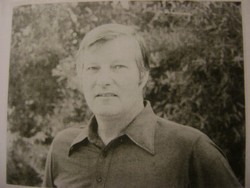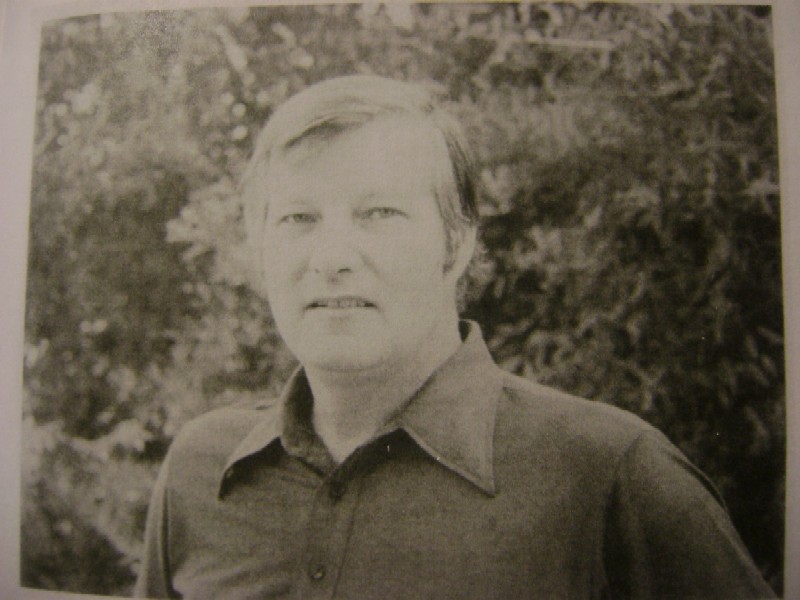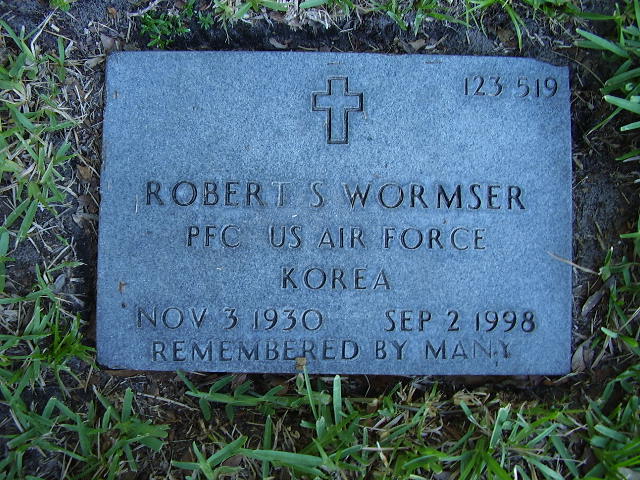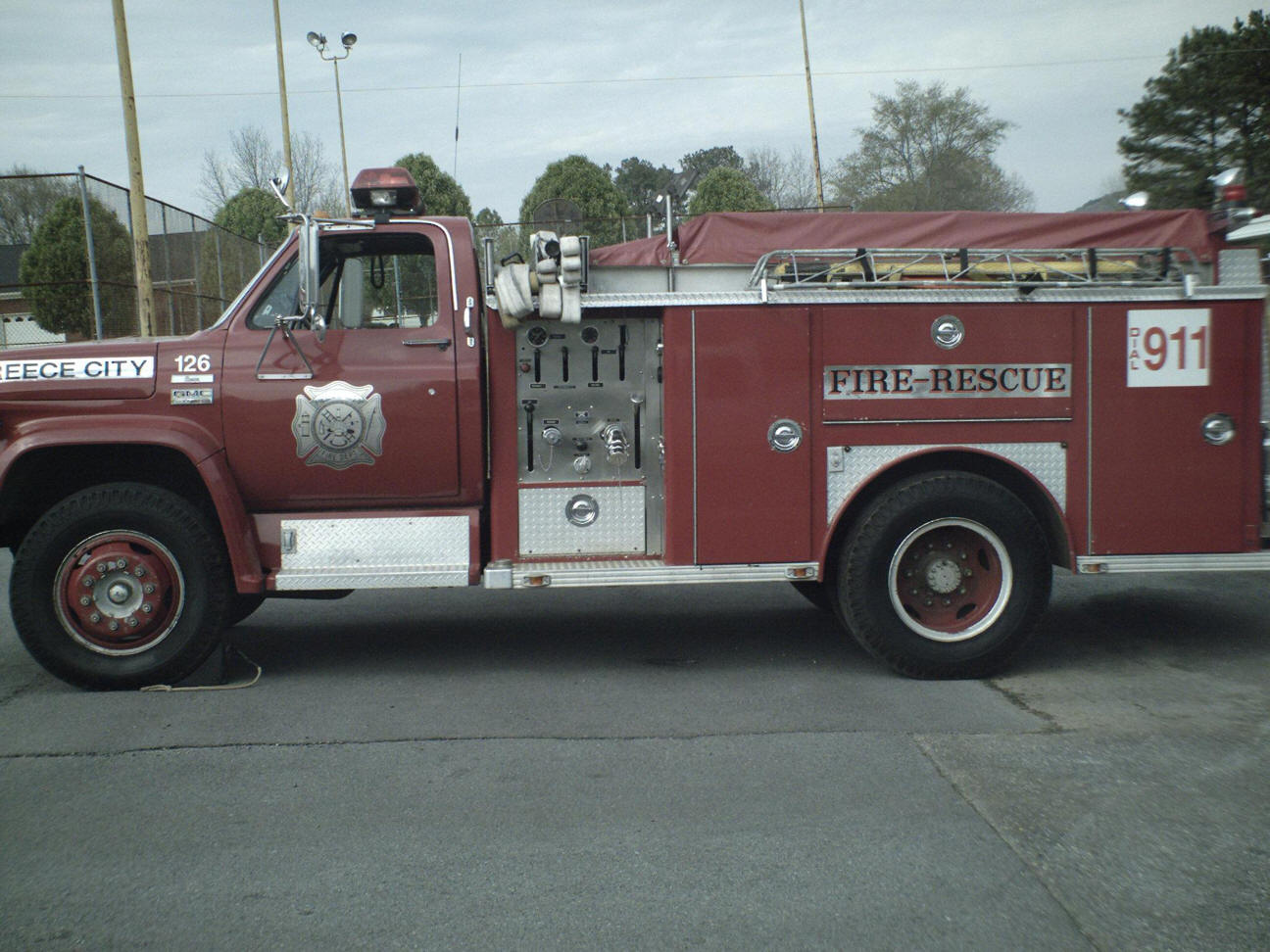Tom Hill's book portrays Robert Wormser, founder of Emergency One
By David Cook
Columnist
Published: Ocala Star-Banner Sunday, June 14, 2009
"My Friend the Genius" is the name of a slim book about the Ocalan who began making fire trucks in his garage and turned the project into a major manufacturing operation called Emergency One.
From the beginning in the 1970s, Robert Wormser was an innovator, and his ideas for fire trucks built with aluminum bodies, coupled with new assembly techniques, took the fire equipment business by storm.
American LaFrance dominated the business when Wormser got his start and eventually was left sitting in the dust with its steel bodies and long assembly schedules.
Stuck in its old ways, LaFrance obviously did not take Wormser and his new ideas seriously.
For one thing, aluminum was more expensive than steel, which gave LaFrance a price advantage that cost-conscious fire fighting departments could not ignore.
But that advantage began to crumble when Wormser demonstrated that Emergency One could turn out superior products in 45 days, as compared with six months for LaFrance.
Wormser had the advantage of being a welder as well as a metal fabricator.
The fact that he held more than 70 patents demonstrated his inventive mind.
He already had shown the world what he could do as a businessman with his commercial playground equipment firm in Hillsdale, MI.
Tom Hill, author of the book about Wormser and Emergency One, first went to work in the shipping and receiving department of Game-Time Inc. in Hillsdale.
After Wormser sold Game-Time and formed Emergency One in Ocala - after he became bored with retirement - he asked Hill to work for him once again.
Hill wasn't too impressed with that he saw of the new business. It was housed in two metal huts, with a tiny concrete building for offices.
One office actually had a dirt floor, Hill writes. But the people were familiar.
Wormser had brought down his former engineer, Ron Ewers, and the old controller, Bernie Crippen.
There also was Dave Hanchar, who headed production and would become a major contributor to Emergency One's success.
Hanchar was there at the very beginning of E-One in that local garage.
The first products were ambulances, made with aluminum bodies.
Hill became purchasing agent for the new company, the same job he had held with Game-Time.
By the time Hill joined the company, E-One had moved two times, and the site along Interstate-75 was still in the future.
When the sales of ambulances began to drop off, Wormser decided to start building fire trucks. The trucks were built on Ford and GMC truck chassis.
New concepts for construction were developed, and success loomed as Wormser and his employees became more familiar with the fire apparatus market.
Challenges arose from determining the best type of fire hoses to a quality paint that would stand up under the intense heat of a fire.
The fact that the Florida Fire College was located in Ocala gave the new firm a source of feedback from men who used the equipment, and their advice proved invaluable.
Wormser is described as a complex man, always on the move.
Hill tells of his years growing up in California and Pennsylvania, and makes it clear he was never conventional in his way of living or running a business.
Hill takes the reader through a series of relationships and marriages after his first wife, Jan, separated with their three children.
It seems he could never stay concentrated on one project at a time.
Even when he was building fire trucks, his innovative mind was trying to develop a new type of swimming pool.
In his business, however, he always put quality of product first, with the interests of the customer next.
The welfare of his employees was important to him, and he worked out a profit-sharing plan.
It was no wonder that E-One soon became the country's top fire apparatus manufacturer, with a multimillion-dollar profit each year.
Wormser and his employees demonstrated intense pride in what they were doing - and in their commercial success.
Perhaps it was only natural that at the peak of his success, a restless Wormser would decide to sell his company.
He would remain with E-One until, finally, when it was obvious he did not fit the corporate image of the proper CEO, he was replaced by "a suit."
Federal Signal of Oak Brook, IL, was the buyer, and E-One became a part of its Fire Rescue Group of companies. That was in 1979, and Wormser reportedly received $5 million for his share.
Wormser died in September 1998 from complications of lung cancer.
E-One was still flourishing. Declining sales, layoffs of employees and general bad news (including apparent corporate blunders) were still in the future.
If there is a flaw with Hill's self-published book, it is his obvious hero worship. It comes through on almost every page.
But Wormser's life is worth knowing about.
The book is available from My Friend the Genius, 7001 N.W. 52nd Terr., Gainesville, FL 32653.
~~~~~~~~~~~~~~~~~~~~~~~~~~~~~~~~~~~~~~~~~~~~~~~~~~~~~~~~~~~~
Military Information: PFC, US AIR FORCE
Tom Hill's book portrays Robert Wormser, founder of Emergency One
By David Cook
Columnist
Published: Ocala Star-Banner Sunday, June 14, 2009
"My Friend the Genius" is the name of a slim book about the Ocalan who began making fire trucks in his garage and turned the project into a major manufacturing operation called Emergency One.
From the beginning in the 1970s, Robert Wormser was an innovator, and his ideas for fire trucks built with aluminum bodies, coupled with new assembly techniques, took the fire equipment business by storm.
American LaFrance dominated the business when Wormser got his start and eventually was left sitting in the dust with its steel bodies and long assembly schedules.
Stuck in its old ways, LaFrance obviously did not take Wormser and his new ideas seriously.
For one thing, aluminum was more expensive than steel, which gave LaFrance a price advantage that cost-conscious fire fighting departments could not ignore.
But that advantage began to crumble when Wormser demonstrated that Emergency One could turn out superior products in 45 days, as compared with six months for LaFrance.
Wormser had the advantage of being a welder as well as a metal fabricator.
The fact that he held more than 70 patents demonstrated his inventive mind.
He already had shown the world what he could do as a businessman with his commercial playground equipment firm in Hillsdale, MI.
Tom Hill, author of the book about Wormser and Emergency One, first went to work in the shipping and receiving department of Game-Time Inc. in Hillsdale.
After Wormser sold Game-Time and formed Emergency One in Ocala - after he became bored with retirement - he asked Hill to work for him once again.
Hill wasn't too impressed with that he saw of the new business. It was housed in two metal huts, with a tiny concrete building for offices.
One office actually had a dirt floor, Hill writes. But the people were familiar.
Wormser had brought down his former engineer, Ron Ewers, and the old controller, Bernie Crippen.
There also was Dave Hanchar, who headed production and would become a major contributor to Emergency One's success.
Hanchar was there at the very beginning of E-One in that local garage.
The first products were ambulances, made with aluminum bodies.
Hill became purchasing agent for the new company, the same job he had held with Game-Time.
By the time Hill joined the company, E-One had moved two times, and the site along Interstate-75 was still in the future.
When the sales of ambulances began to drop off, Wormser decided to start building fire trucks. The trucks were built on Ford and GMC truck chassis.
New concepts for construction were developed, and success loomed as Wormser and his employees became more familiar with the fire apparatus market.
Challenges arose from determining the best type of fire hoses to a quality paint that would stand up under the intense heat of a fire.
The fact that the Florida Fire College was located in Ocala gave the new firm a source of feedback from men who used the equipment, and their advice proved invaluable.
Wormser is described as a complex man, always on the move.
Hill tells of his years growing up in California and Pennsylvania, and makes it clear he was never conventional in his way of living or running a business.
Hill takes the reader through a series of relationships and marriages after his first wife, Jan, separated with their three children.
It seems he could never stay concentrated on one project at a time.
Even when he was building fire trucks, his innovative mind was trying to develop a new type of swimming pool.
In his business, however, he always put quality of product first, with the interests of the customer next.
The welfare of his employees was important to him, and he worked out a profit-sharing plan.
It was no wonder that E-One soon became the country's top fire apparatus manufacturer, with a multimillion-dollar profit each year.
Wormser and his employees demonstrated intense pride in what they were doing - and in their commercial success.
Perhaps it was only natural that at the peak of his success, a restless Wormser would decide to sell his company.
He would remain with E-One until, finally, when it was obvious he did not fit the corporate image of the proper CEO, he was replaced by "a suit."
Federal Signal of Oak Brook, IL, was the buyer, and E-One became a part of its Fire Rescue Group of companies. That was in 1979, and Wormser reportedly received $5 million for his share.
Wormser died in September 1998 from complications of lung cancer.
E-One was still flourishing. Declining sales, layoffs of employees and general bad news (including apparent corporate blunders) were still in the future.
If there is a flaw with Hill's self-published book, it is his obvious hero worship. It comes through on almost every page.
But Wormser's life is worth knowing about.
The book is available from My Friend the Genius, 7001 N.W. 52nd Terr., Gainesville, FL 32653.
~~~~~~~~~~~~~~~~~~~~~~~~~~~~~~~~~~~~~~~~~~~~~~~~~~~~~~~~~~~~
Military Information: PFC, US AIR FORCE
Inscription
Remembered by many
Gravesite Details
Korea






